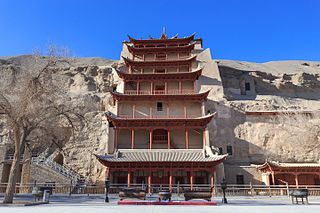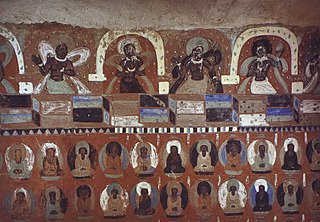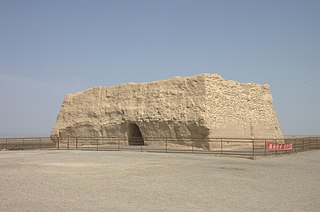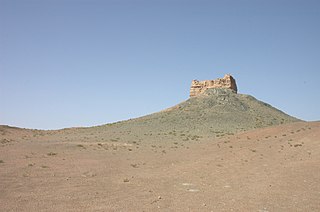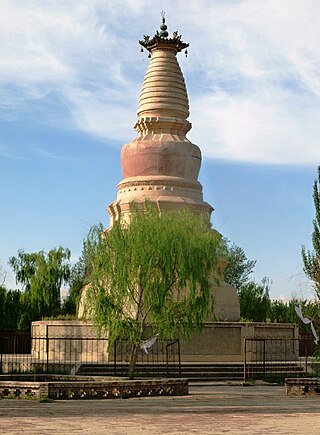5 Sights in Dunhuang, China (with Map and Images)
Legend
Welcome to your journey through the most beautiful sights in Dunhuang, China! Whether you want to discover the city's historical treasures or experience its modern highlights, you'll find everything your heart desires here. Be inspired by our selection and plan your unforgettable adventure in Dunhuang. Dive into the diversity of this fascinating city and discover everything it has to offer.
The Mogao Caves, also known as the Thousand Buddha Grottoes or Caves of the Thousand Buddhas, form a system of 500 temples 25 km (16 mi) southeast of the center of Dunhuang, an oasis located at a religious and cultural crossroads on the Silk Road, in Gansu province, China. The caves may also be known as the Dunhuang Caves; however, this term is also used as a collective term to include other Buddhist cave sites in and around the Dunhuang area, such as the Western Thousand Buddha Caves, Eastern Thousand Buddha Caves, Yulin Caves, and Five Temple Caves. The caves contain some of the finest examples of Buddhist art spanning a period of 1,000 years.
The Western Thousand Buddha Caves is a Buddhist cave temple site in Dunhuang, Gansu Province, China. The site is located approximately 35 km southwest of the urban centre and about the same distance from the Yangguan Pass; the area served as a staging post for travellers on the Silk Road. It is the western counterpart of the Mogao Caves, also known as the "Caves of the Thousand Buddhas" after the founding monk Yuezun's vision in 366 of "golden radiance in the form of a thousand Buddhas". The caves were excavated from the cliff that runs along the north bank of the Dang River. A number have been lost to floods and collapse; some forty are still extant. Twenty-two decorated caves house 34 polychrome statues and 800 m2 of wall paintings, dating from the Northern Wei to the late-Yuan and early-Ming dynasties. The site was included within the 1961 designation of the Mogao Caves as a Major National Historical and Cultural Site.
Yumen Pass, or Jade Gate or Pass of the Jade Gate, is the name of a pass of the Great Wall located west of Dunhuang in today's Gansu Province of China. During the Han dynasty, this was a pass through which the Silk Road passed, and was the one road connecting Central Asia with East Asia (China), the former called the Western Regions. Just to the south was the Yangguan pass, which was also an important point on the Silk Road. These passes, along with other sites along the Silk Road, were inscribed in 2014 on the UNESCO World Heritage List as the Silk Roads: the Routes Network of Chang'an-Tianshan Corridor World Heritage Site. The pass is at an elevation of 1400 meters.
4. Yang Pass
Yangguan, or Yangguan Pass, is a mountain pass that was fortified by Emperor Wu of the Western Han dynasty around 120 BC and used as an outpost in the colonial dominions adjacent to ancient China. It is located approximately 70 kilometres (43 mi) southwest of Dunhuang, in the Gansu territory to the west of the Shaanxi province in the far Northwest China, which was in ancient times the westernmost administrative center of China. It was established as a frontier defense post, as well as a developed place in China's remote western frontier; Emperor Wu encouraged Chinese to settle there. Today Yangguan is located in Nanhu Village, along the Hexi Corridor.
5. White Horse Pagoda
The White Horse Pagoda, in Dunhuang, Gansu, China, was built to commemorate Tianliu, the white horse of the Buddhist monk Kumārajīva, which carried Buddhist scriptures all the way from Kucha to Dunhuang in China c. 384 CE.
Share
How likely are you to recommend us?
Disclaimer Please be aware of your surroundings and do not enter private property. We are not liable for any damages that occur during the tours.
